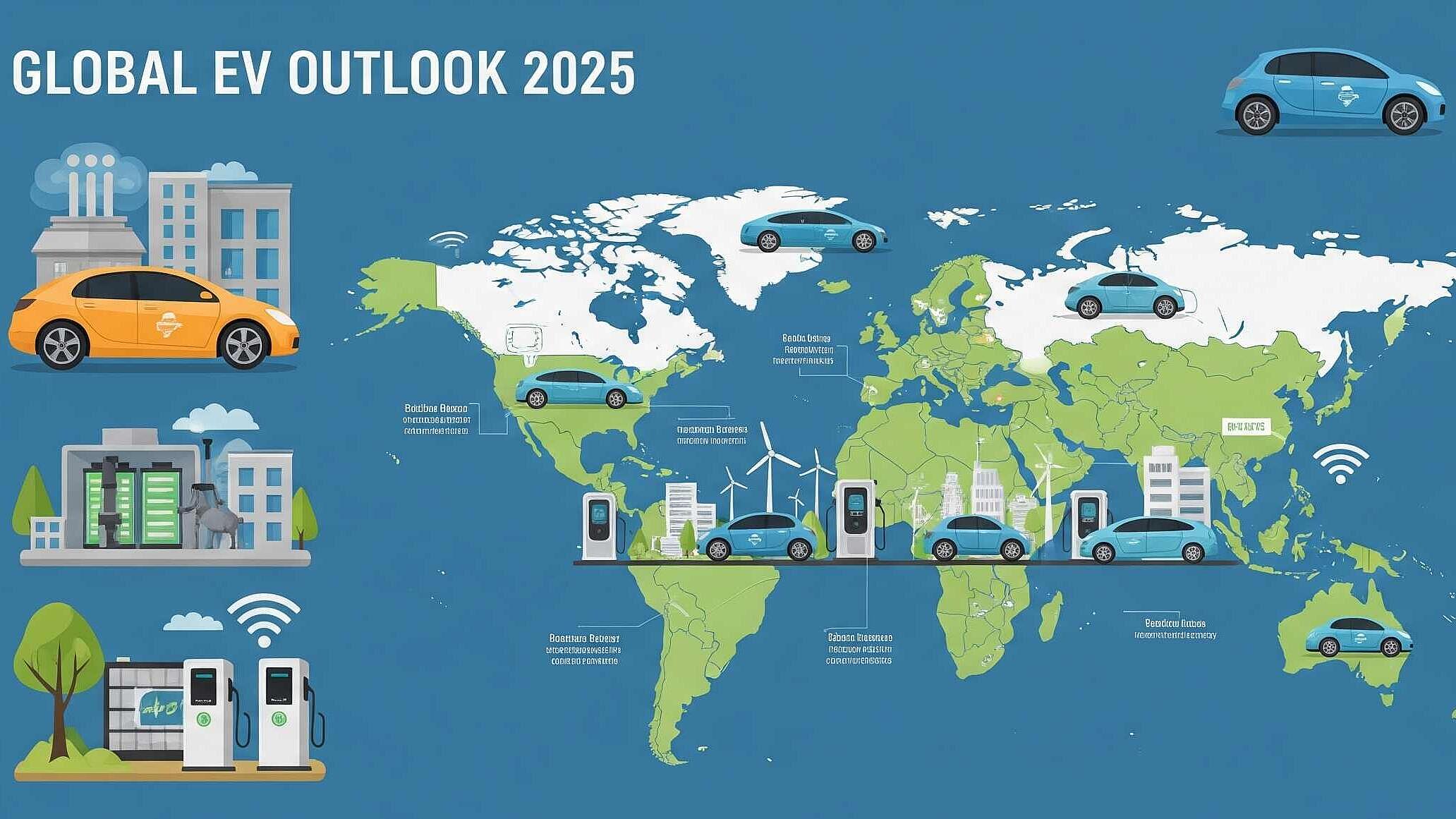 Policy & Regulation
Policy & RegulationLessons for the energy transition from the golden age of steam!
Summary
Decisions made today to build assets impact the energy system decades in the future. The last steam train left Swindons incredible factory with over 200 built during the preceding decade. Between the first commercial diesel train and the last steam train being retired are 43 years! It also took legislation to force the final steam off the rails rather than the asset reaching the end of its useable life. The basic engineering of the metal has not changes a great deal.
Decisions made today impact energy infrastructure years down the line. And there are a lot more people on the planet (7.8Bn
vs 2.3Bn) so the impact of the use of different types of technology is far greater. Most importantly the speed (and volume) of which we can now communicate is disproportionally faster and greater. Digitalisation simply enables technology change to happen much faster and quicker this time. And infrastructure can become a bottleneck. Understanding this helps us understand how we manage a smoother and quicker energytransition
Open full article
Lessons for the energy transition from the golden age of steam!
Energy assets have long life expectancies…. really long. Decisions made today to build assets impact the energy system decades in the future. Looking back to early in the last century a huge transition happened in rail… the move from coal powered steam trains over to diesel and electric took the best part of 60 years, with dated technology being constructed long after their demise was certain. It was obvious from the late 1940s that steams days were numbered and yet it wasn’t until 1960 that the last steam train left Swindon’s incredible factory with over 200 built during the preceding decade. That train was still running commercially up until the day steam trains were banned in 1968.
The last steam train didn’t come off the rails because it got too old – it came off because it was pushed!
Reflecting on this transition it’s interesting to look at the dates and consider some of the challenges we now face in transitioning energy across the globe.
- 1814 – First Commercial Steam Train[i]
- 1879 – First Electric Train (built by Werner von Siemens)[ii]
- 1925 – First Commercial Diesel Train[iii]
- 1930s – First Diesel trains operating in the UK.
- 1960 – Last Steam Train Built in Swindon (The Evening Star)[iv] with 200 being built in the decade before.
- 1968 – Last Steam train taken out of service.[v]
What is similar about now?
Engineering assets last a long time… and switchovers take a while. Between the first commercial diesel train and the last steam train being retired took 43 years! It also took legislation to force the final steam off the rails rather than the asset reaching the end of its useable life. Its interesting to think of all the infrastructure required to keep steam trains on the tracks, coal provision, watering (a impressive 22,000 litres every 100 miles!)[vi] along with all the supplementary maintenance required for the technology.
When we think about modern technology there are very similar comparisons. Firstly, each technology requires its own infrastructure, for example EVs require fast charging and grid capacity, wind turbines require backup to cover calm days, the existing IC engine fleet requires a liquid fuel distribution network. Decisions made today impact infrastructure and impact years down the line.
Operational life of new assets today:
- Domestic Car: Around 12 years[vii] (electric car batteries last about 10 years)
- Domestic Gas Boiler: 12-20[viii]
- Offshore Wind: 25 years+[ix]
- Solar Panels: 25-30 years[x]
- Oil Rigs: 40+ Years (According to the Guinness Book of World Records the oldest is 70 years old!)[xi]
- Nuclear Power Station: 50-70 years[xii]
- Coal Power Station: 50 Years+[xiii]
- Gas and Electricity Networks: 50 Years+
Its interesting to see that for steam trains it took a change in law to get the last one off the rails… and not necessarily the appearance of superior technology.
What’s Different?
Lots is different now! For a start there are a lot more people on the planet (7.8Bn vs 2.3Bn) so the impact of the use of different types of technology is far greater. Most importantly the speed (and volume) of which we can now communicate is disproportionally faster and greater. Those were the days of mail trains and telegrams… not Whatsapp and Tiktok! Digitalisation simply enables technology change to happen much faster.
What is interesting however is how digital change outplaces the fundamental life of assets… energy infrastructure has lifetimes that far exceed the obsolescence of digital systems. A small but local example for me is the awful sat nav in my four-year-old car – in such a short time the technology provided in the vehicle four years ago is now clunky and unusable whilst the vehicle itself keeps on running.
What does this mean for the energy transition?
The basic engineering of the ageing of metal hasn’t changes a great deal – if anything we now have the technology to make things really last. That means decisions need to be made in the the context of long-time horizons…the last steam train didn’t come off the rails because it got too old – it came off because it was pushed! None of those 200 steam trains to leave the Swindon works between 1950 and 1960 delivered their economic life, so why did they get built? Answering that question helps us understand how we transition smoother and quicker this time.



